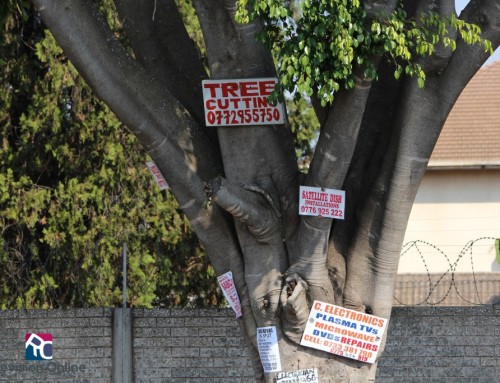
Brazing. Image credit samarthenggworks.com
ZIMSEC O Level Combined Science Notes:Types of joints
- The main function of a joint is to transmit load from one part of a structure to another
- This usually results in the joint being subjected to a lot of stress and weakening the structure
- Certain types of joints allow stress to pass uniformly accords the joint
- Examples are the butt-weld and scarf joints
- The former is used when joining metal and the later is used when joining wood/timber
- There are various other types of joints including:
- Lapped joints
- Mortised joints
- welded joints
- bolted, screwed or nailed joints
- brazed and soldered joints and
- riveted joints
- Joints are named in accordance with the material they are holding together e.g rivets,
- These are also known as pinning
- the material/method used to hold the materials together e.g. nailed joints
- Or the way in which the members of the joint are brought together e.g mortised joints
Lapped joints

Joint types and pinnings
- In a lapped joint which is also known as a lap joint
- In a lapped/lap joint the two pieces being joined overlap without over one another
- They overlap over each other hence the name lapped joint
- The two adjacent pieces may be glued, nailed, screwed, welded, bolted or riveted together
- the load is transferred at the two ends of the joint and
- stress will be at greatest at these points
- The strength of these joints depend on their width rather than upon the length of overlap
- Joints can be secured in different ways
- This is known as pinning
- There are various types of pinning:
a) bolted and nailed joints
- lapped joints in wood are often bolted or nailed together
- bolts, nails and screws resist sheer
b) Mortised joints

Dowels and mortised joints
- In mortised joints
- A hole(or more) is made in one of the timber beams
- the adjoining beam is carved out to fit into this hole
- the end of this beam is glued into the hole of the first beam
b) Dowels
- Are similar to mortised joints
- Dowels are often used in making furniture
- Holes are made into both beams and
- Small wooden cylinders are inserted and glued to hold the beams together
c) Welded joints
- Are commonly used in steel-work
- It has several advantages:
- This is because they are cheaper than rivets
- They are also lighter
- They also offer less streamlining resistance to air or water
- Welding also creates joints that spread stress evenly
- Welding is achieved in various ways
- In electric arc-welding electricity is used to heat an electric rod
- The rod melts and the molten metal is spread along the joint and solidifies joining the metal in the process
- Welding has several disadvantages:
- It is difficult to obtain a perfect weld thus there is always the possibility of human error during the welding process creating inherent weaknesses in the joint
- Welded joints also do not stop cracks from developing and spreading through steel structures
d) Brazed and soldered joints

Soldering joints are often used in electronics. Image credit youtube.com
- involve the joining of metal plates with molten metal that solidifies to make a continuous joint
- Solder is an alloy of tin and lead
- It has a lower melting point
- A small hot iron element is used to melt it
- Brazing uses an alloy of zinc and brass and a very hot flame
- Brazing creates a more flexible joint
- Brazed joints pass stress more evenly
e) Gluing
- Is often used in making furniture
- Often in scarf joints the two pieces of timber are glued together
- A glued joint passes stress evenly
f) Riveted joints
- involves the use of rivets
- White hot rivets are placed in a hole drilled through a lapped joint
- Their ends are then hammered flat
- Upon cooling the rivet contracts and pulls the joint together
- The more rivets used in making a joint the stronger it is
- Because they share the stress
- Rivets have several advantages:
- Riveted joints are reliable
- the joint stops cracks because of its discontinuity
- The joints can slip a little thus redistributing the load and avoiding stress concentrations
- The rivet holes can fill up with rust thus locking the joint and allowing it to transmit shearing forces equally between the joined plates
- It acts like glue and as a result rivet joints improve with age
To access more topics go to the Combined Science Notes page.



